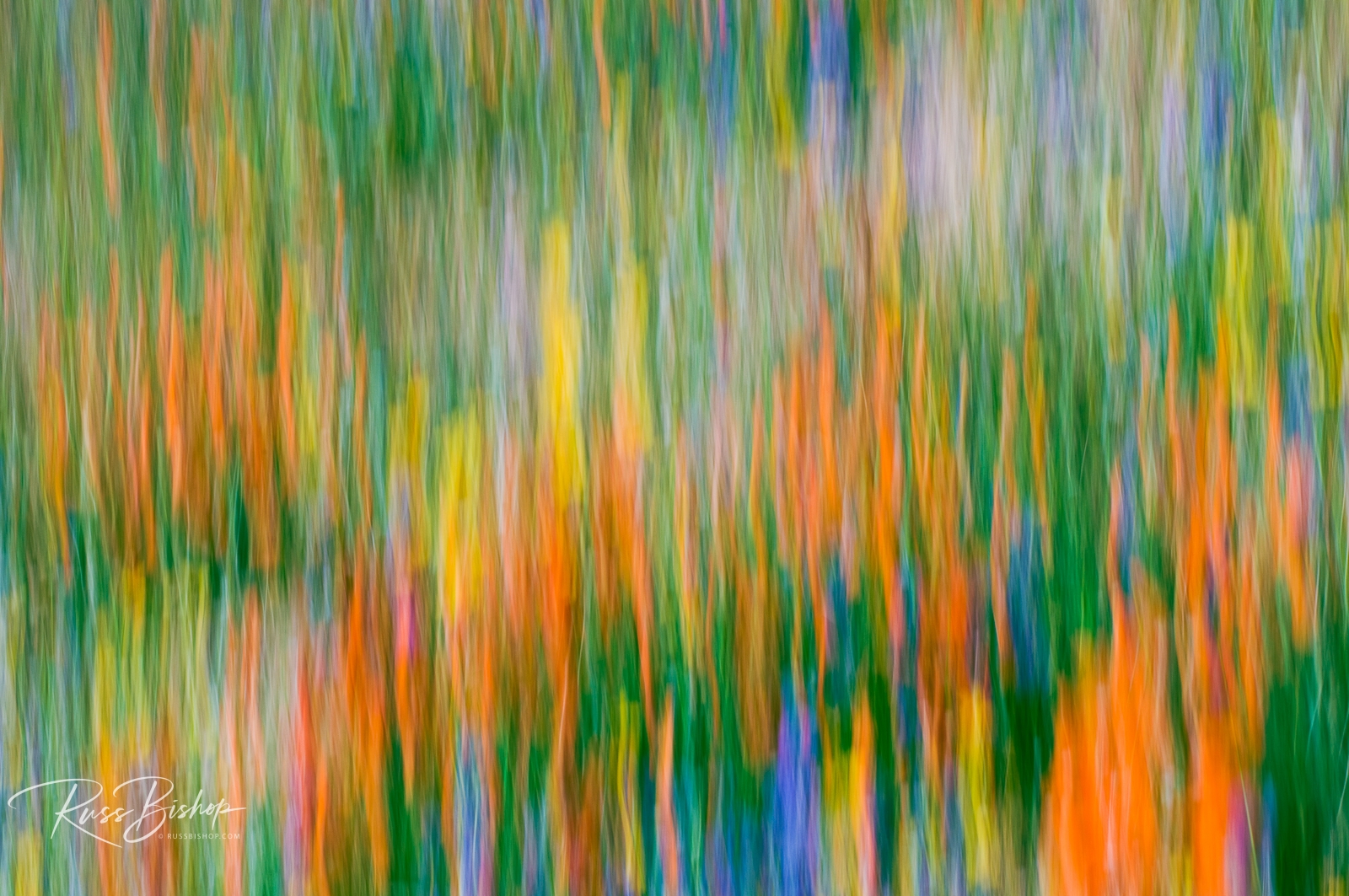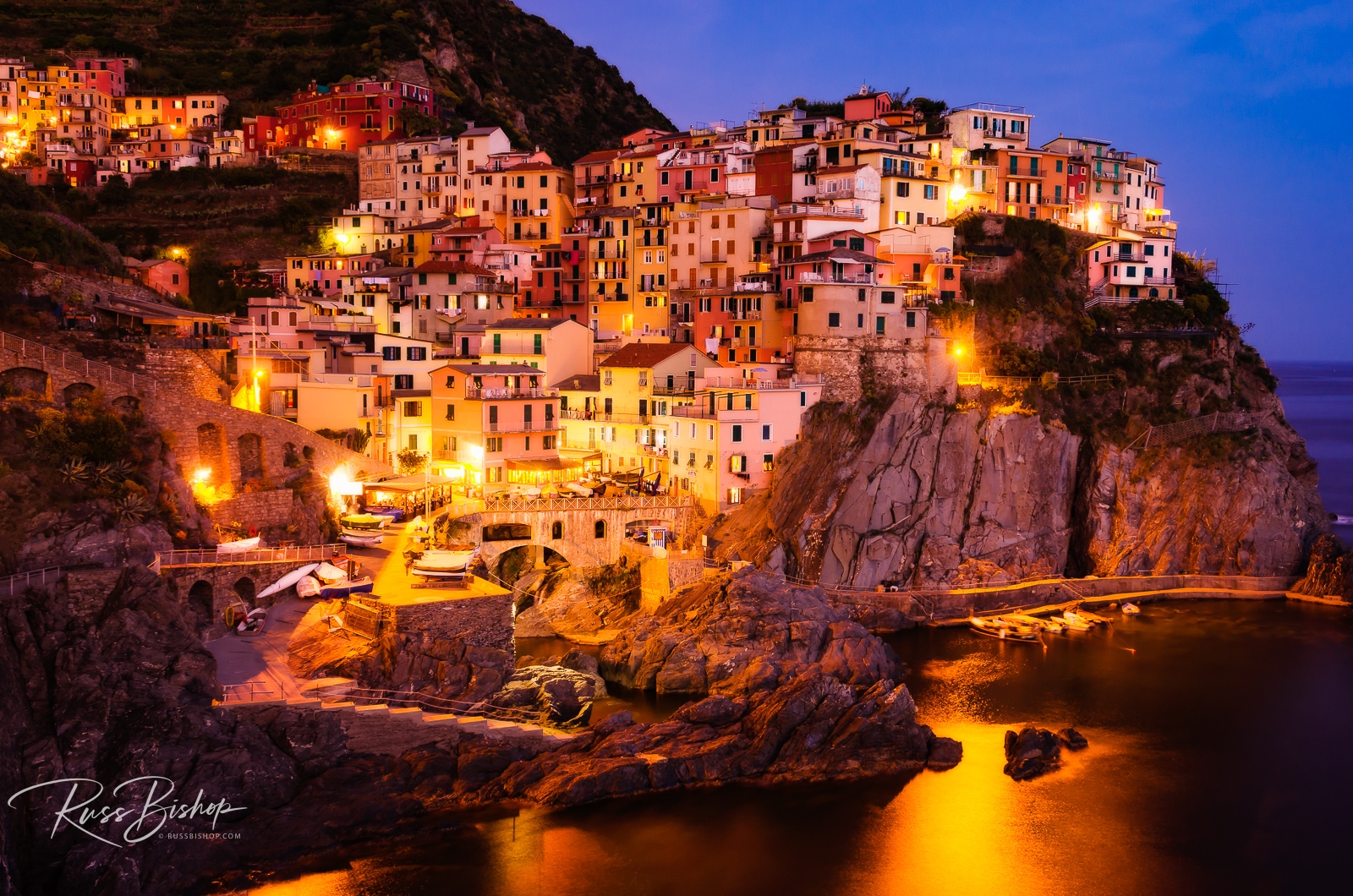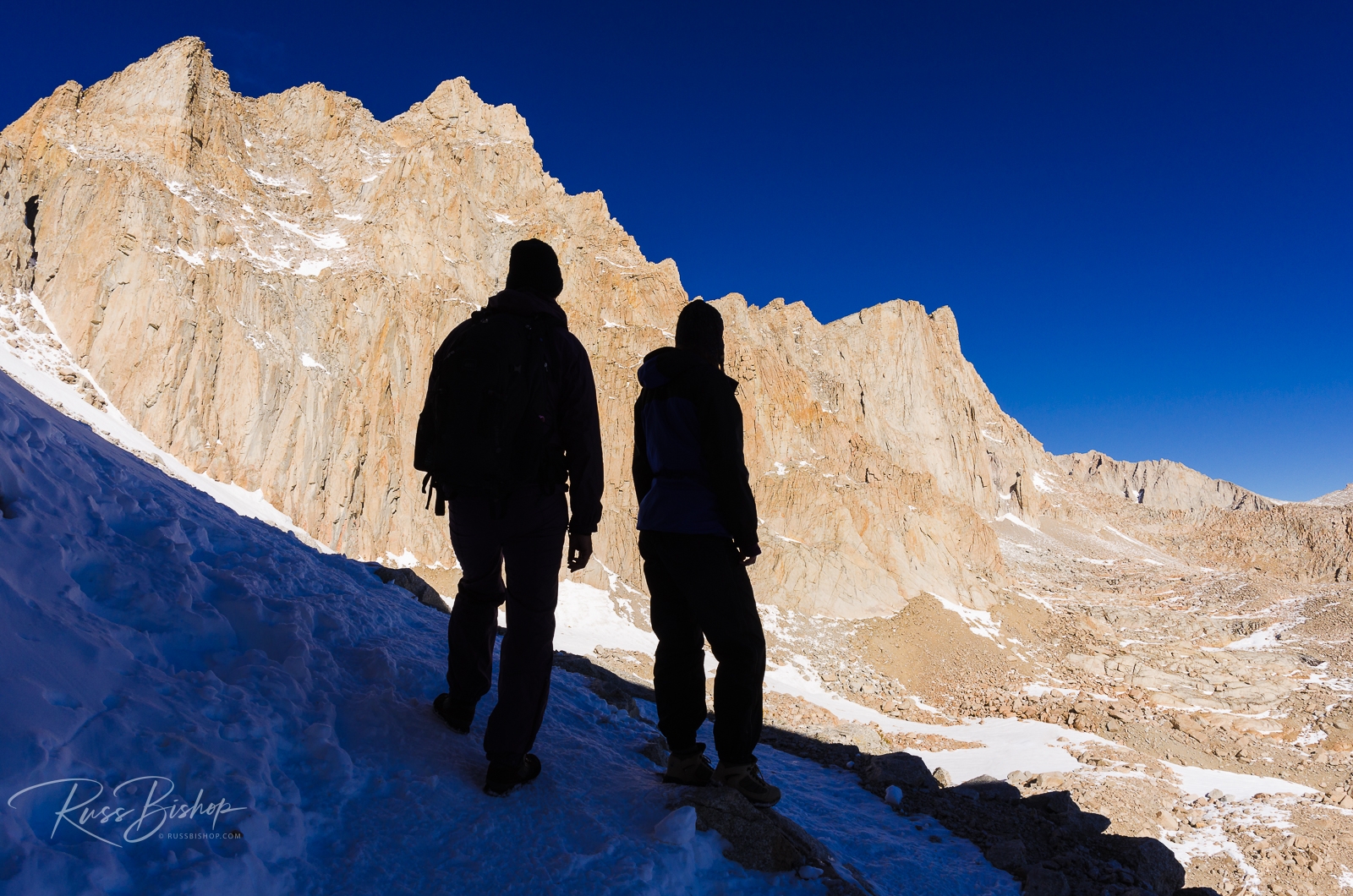
Previsualization is an often used term in landscape photography – the process of researching a location, determining perspective through lens selection and framing, and forming a solid image in your mind’s eye before ever arriving at a scene or tripping the shutter. Ansel Adams referred to it often as “the ability to anticipate a finished image before making the exposure”, and it was a favorite expression of other luminaries such as Minor White and Edward Weston.
There is a lot to be said for this approach and it’s certainly the route I take whenever possible. If all goes according to plan, you do your homework, arrive at the predetermined location, setup the shot, then wait for the ideal light and the image falls into place. This technique works quite well much of the time (assuming you’ve done that homework), but there are those moments when mother nature simply won’t cooperate. The golden light has been replaced with drab overcast, the wind is determined to keep every leaf or flower in motion, or the road has been closed by an avalanche and you can’t even get to the desired location. Fear not, it’s happened to everyone.
This is the time to give in and go with the flow. There are still great images to be made, but now you need to throw out those mental notes and let that right brain have a little fun. When the flowers and leaves are blowing make abstracts. If the light is anything but exciting, avoid the sky and look for the soft even lighting illuminating the ground cover. And even if that avalanche has closed the road, this is the perfect time to take a detour and explore someplace you’ve never seen before.
So the next time that great image you’ve envisioned isn’t working out as planned, try an alternate approach and go with the flow. You might find your masterpiece was there all along just waiting to be discovered.
©Russ Bishop/All Rights Reserved


